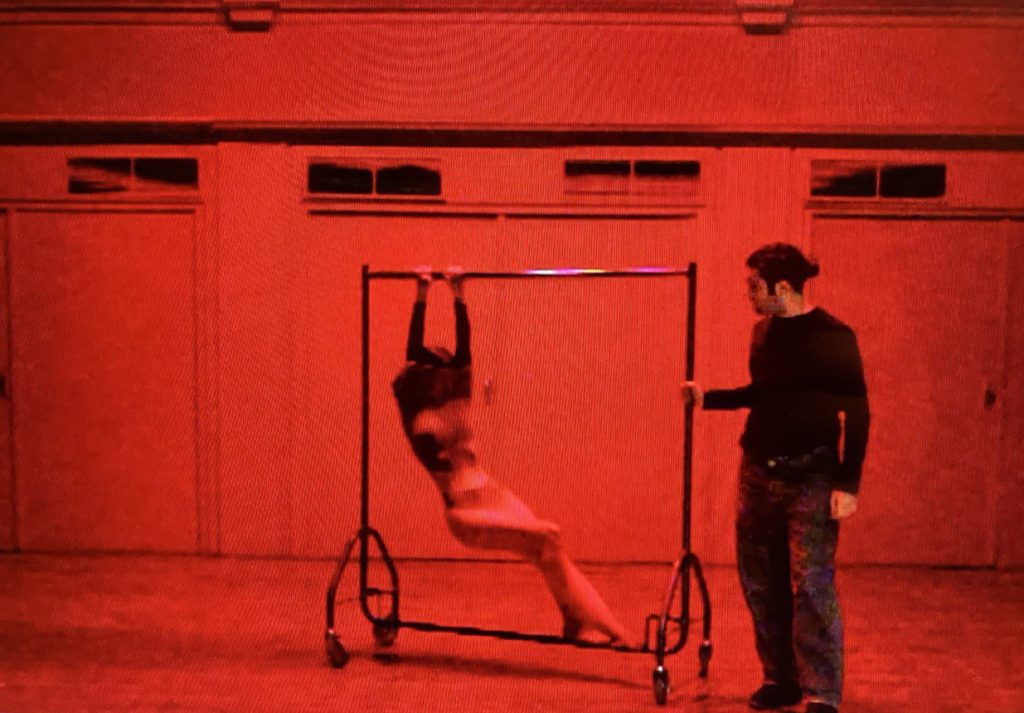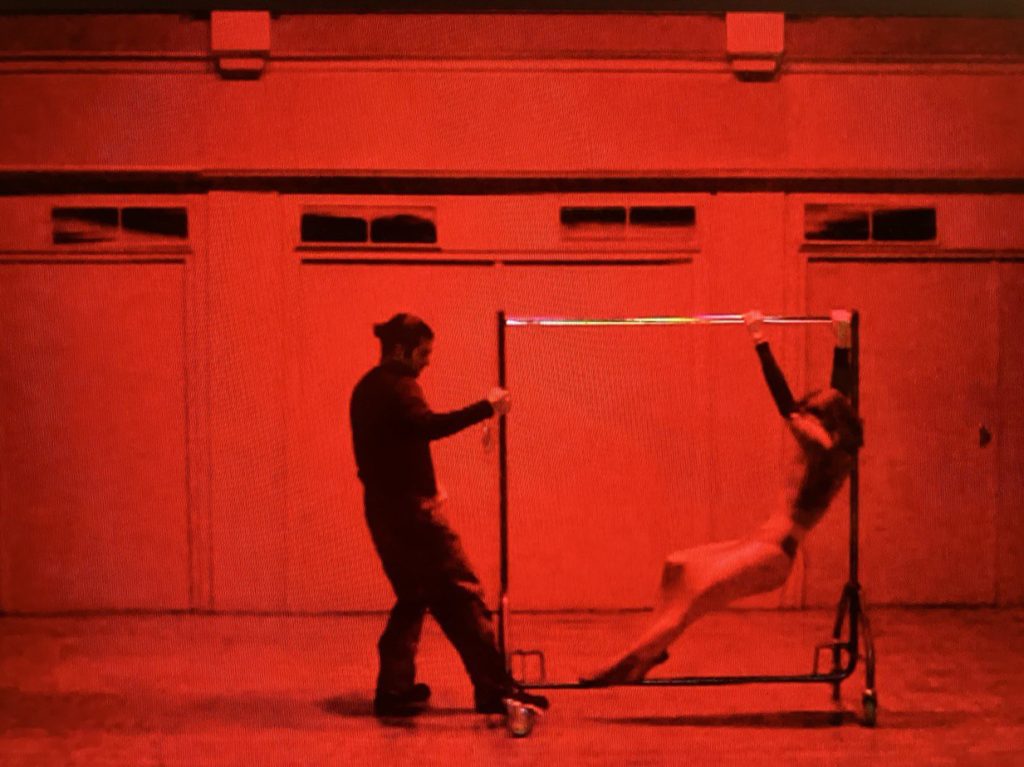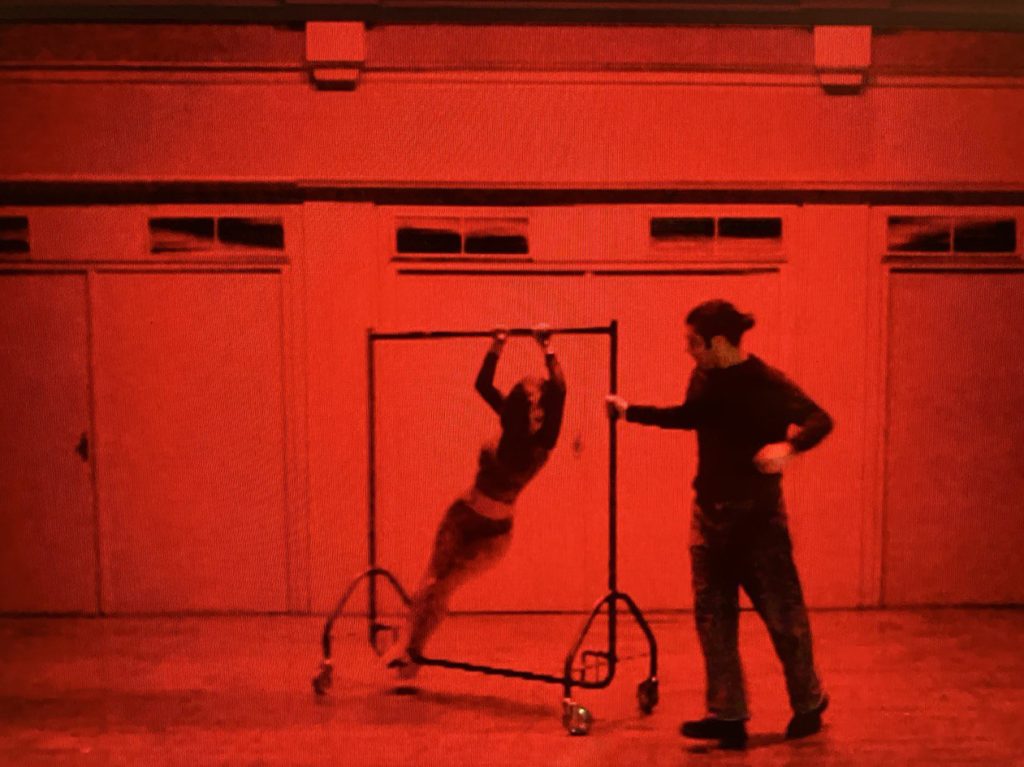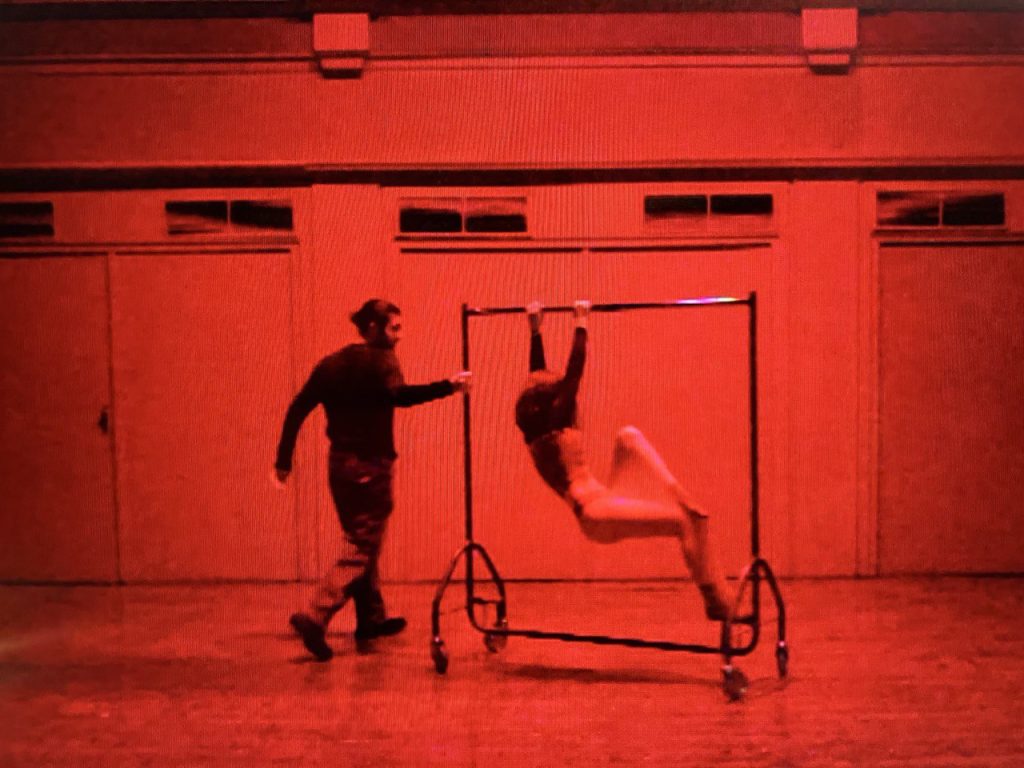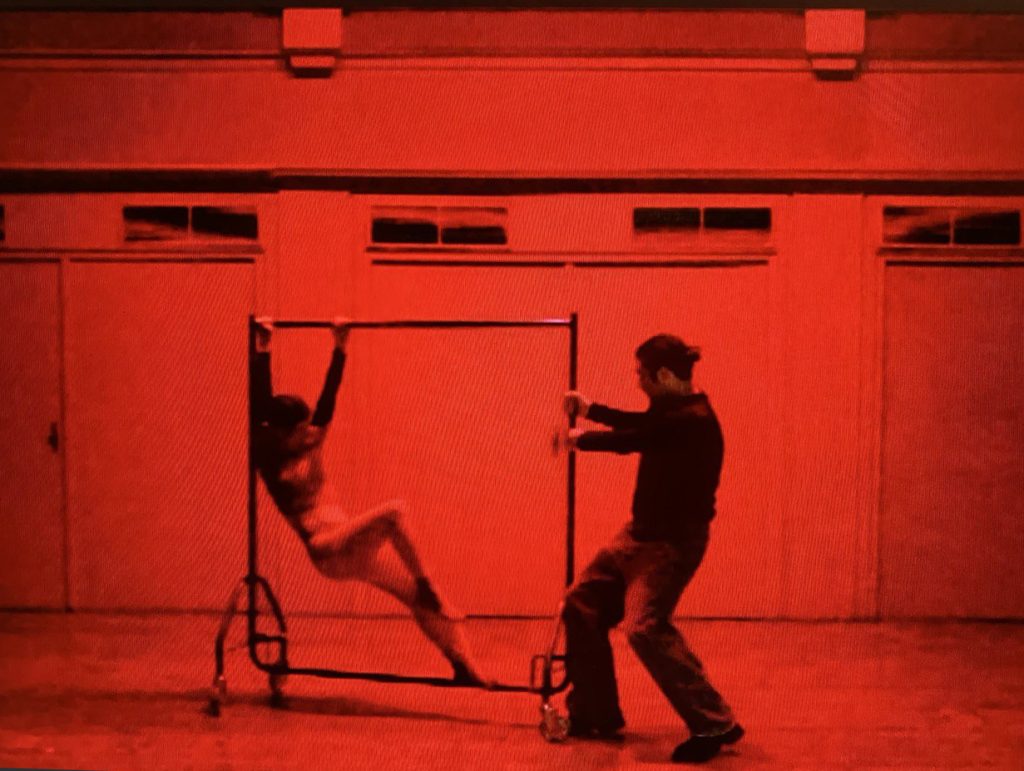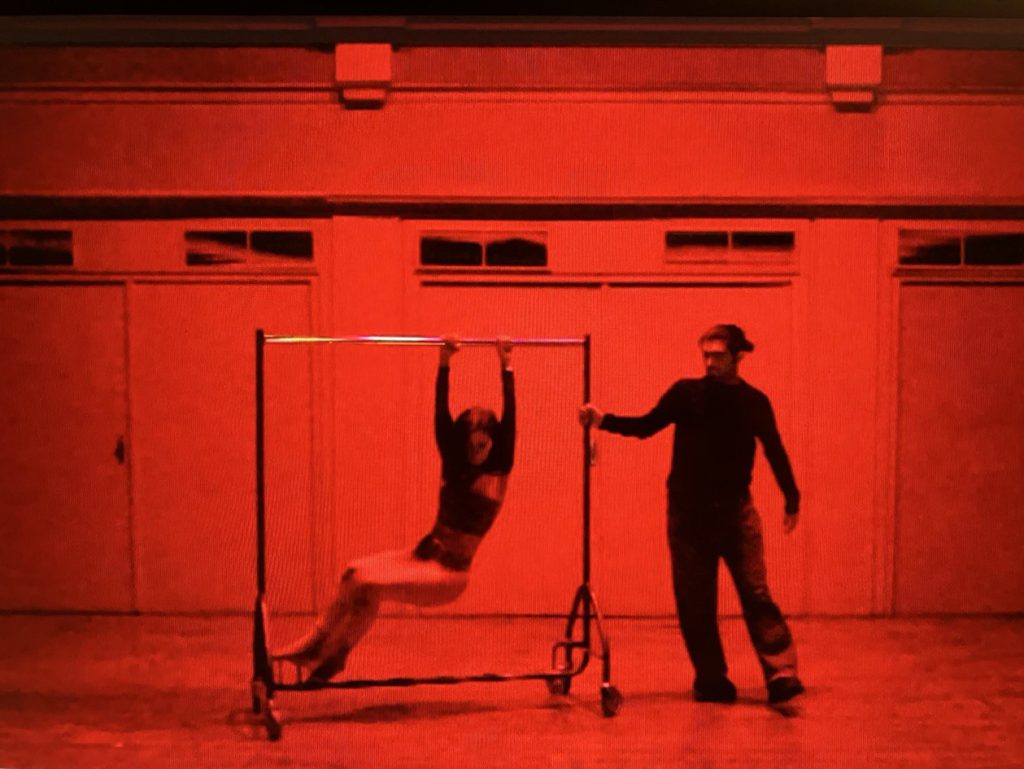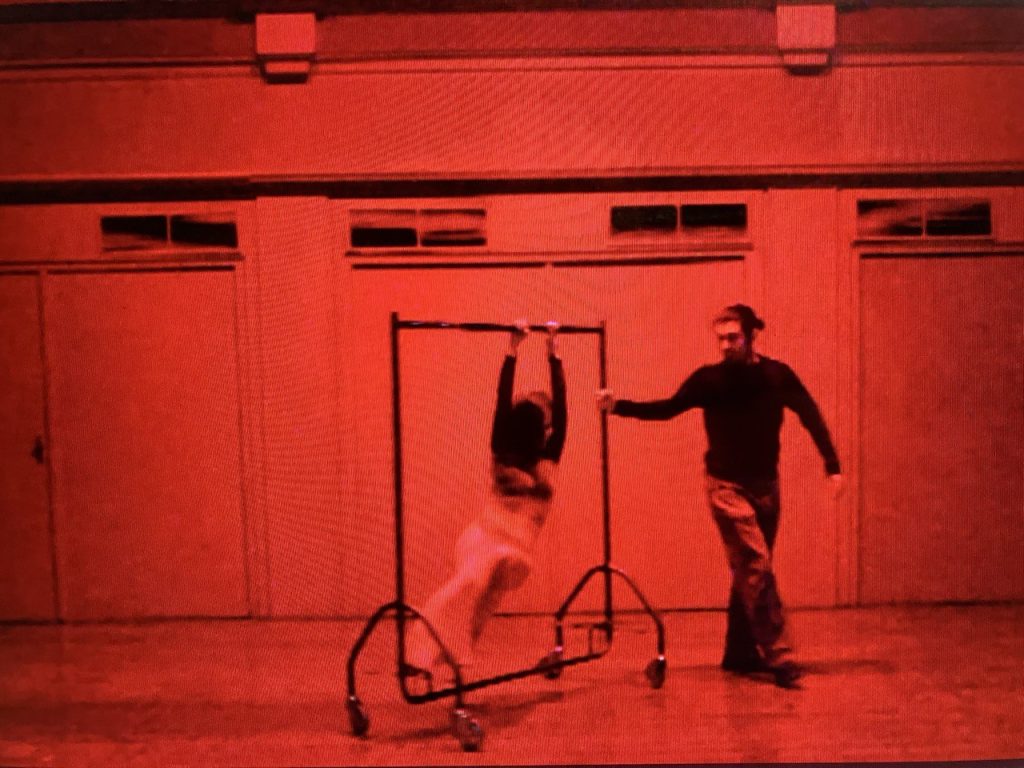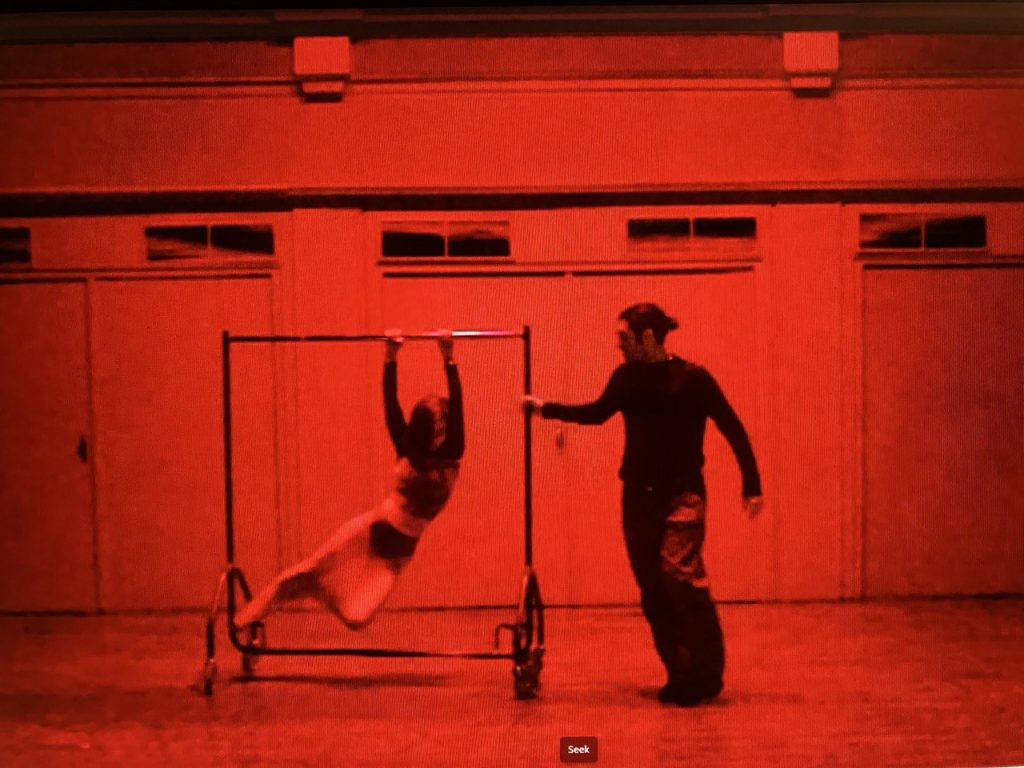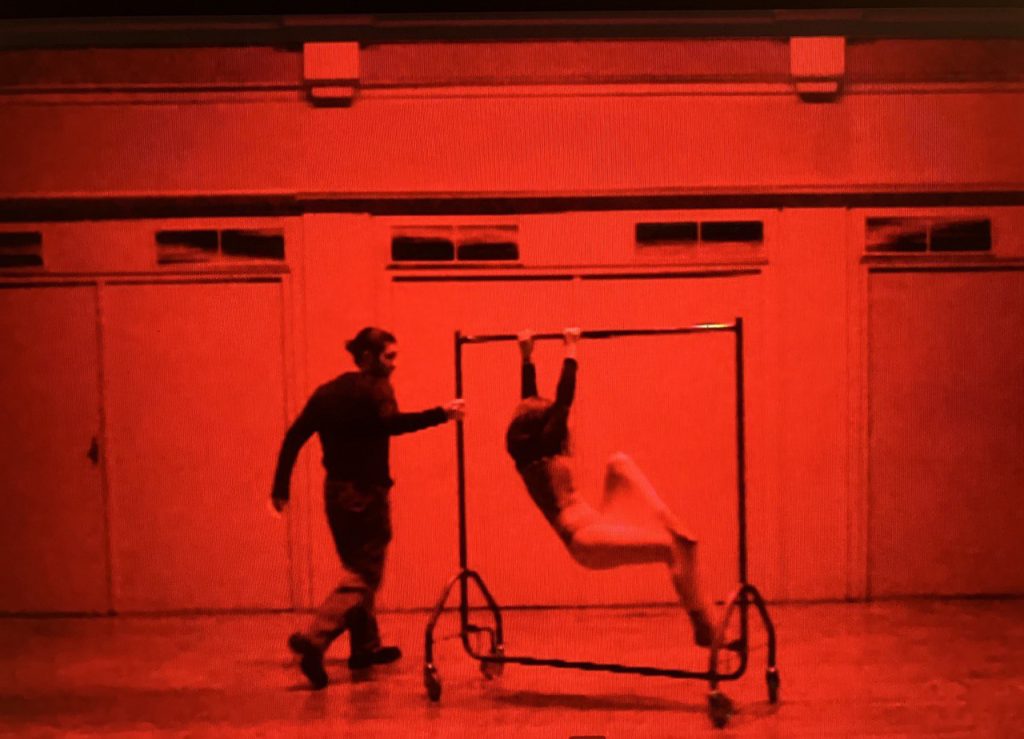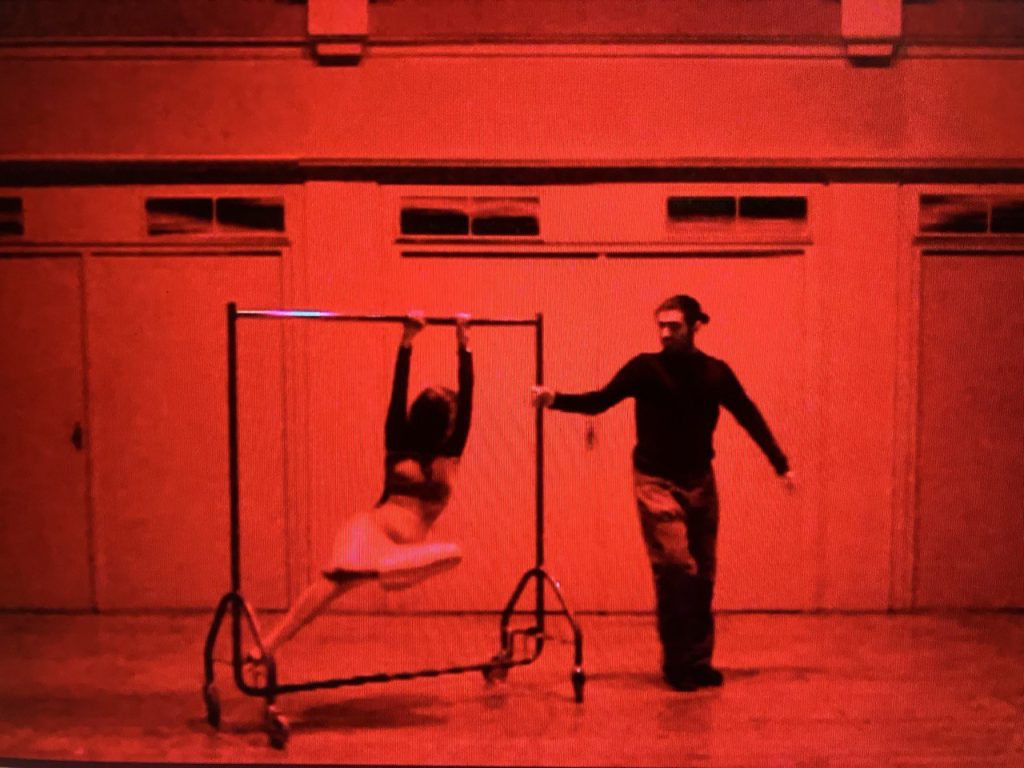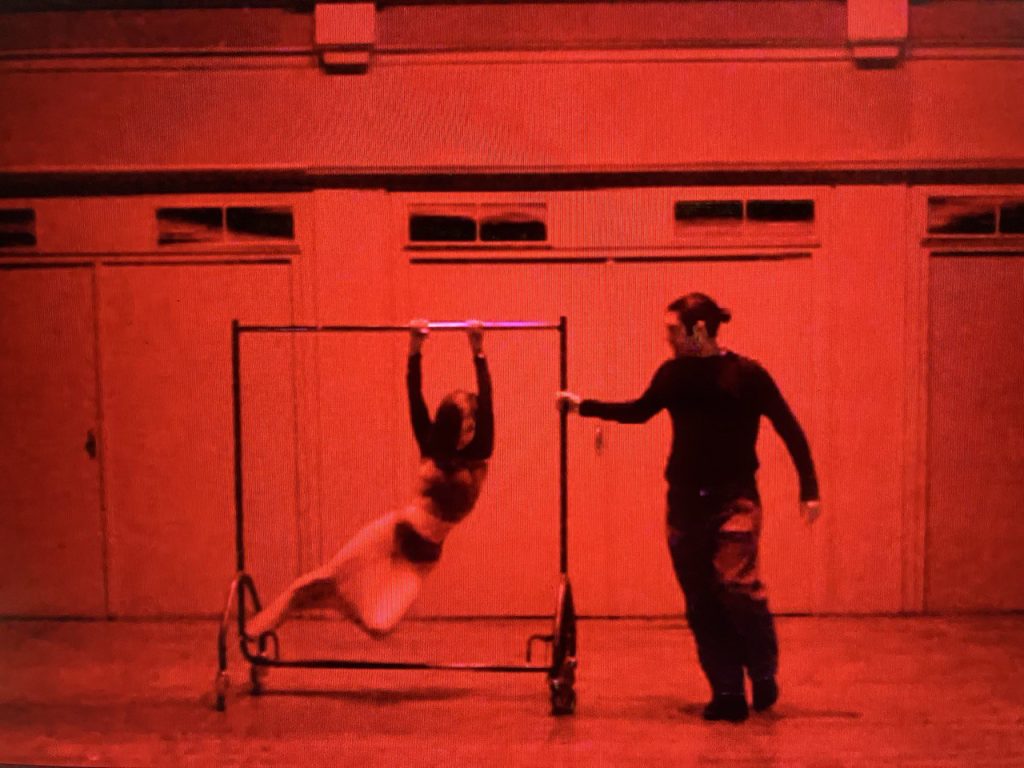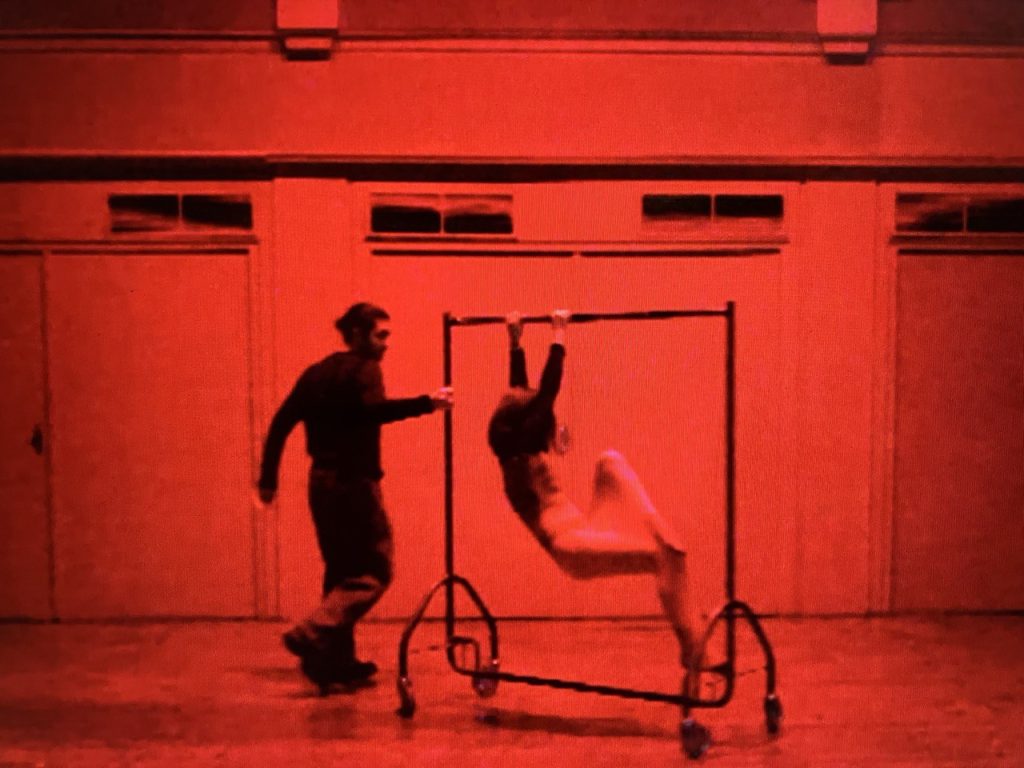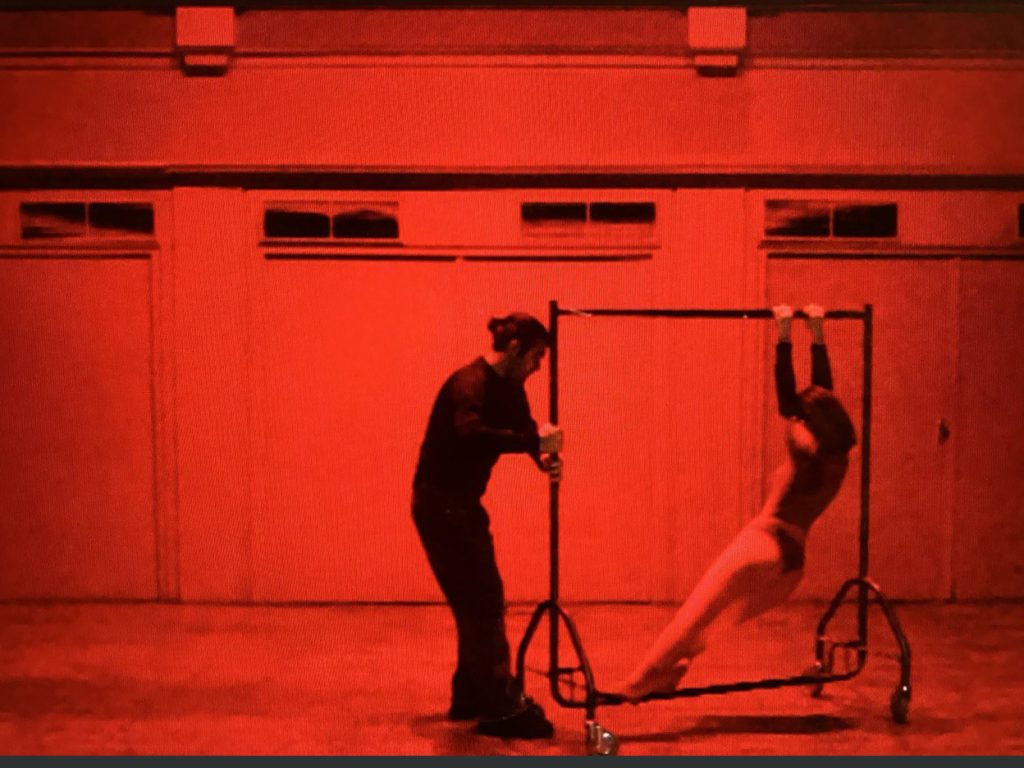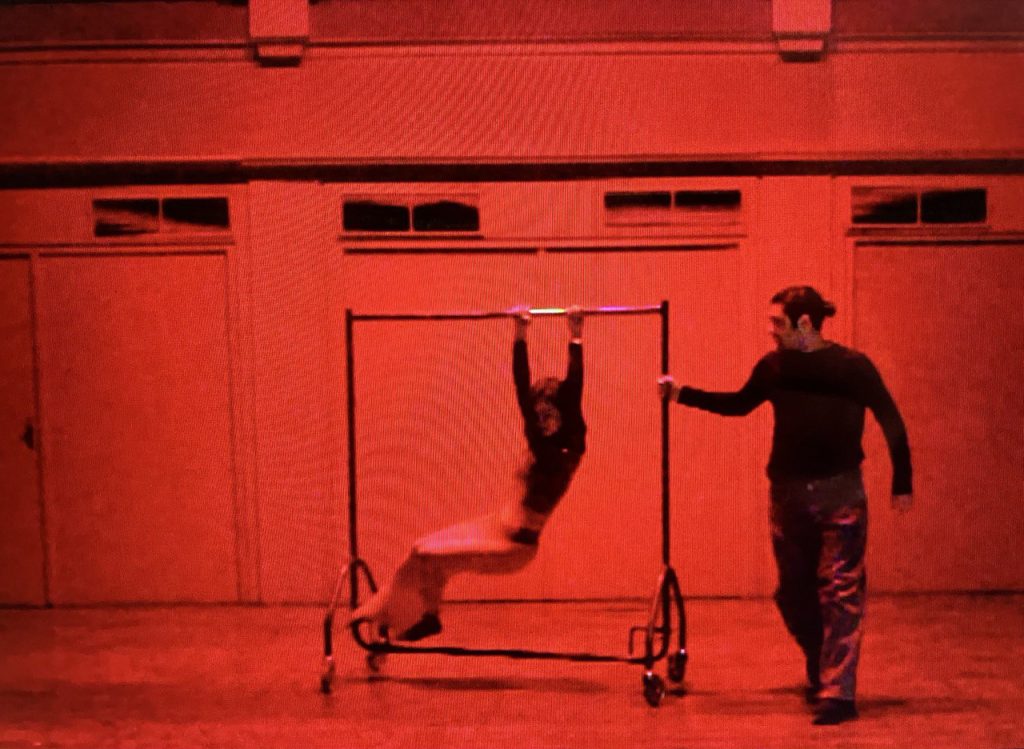

Locomotion is a performance that challenges the physical and mental boundaries of the body, stripping the performer of any self-directed movement. In this act, motion is not initiated from within but is controlled from the outside—the audience takes charge, turning, pulling, and directing the performer in any desired direction. Any attempt by the performer to move autonomously is met with significant resistance and a high risk of physical harm, as if the body becomes a battleground between individual will and external forces.
The word locomotion refers to movement or displacement, specifically the process or ability to travel from one place to another. This concept takes on different meanings across various fields:
• In biology and anatomy: it pertains to the movement of living organisms—walking, running, flying, or swimming.
• In mechanics and engineering: it relates to the function of vehicles or systems designed for transportation, such as trains and cars.
• In art and architecture: it explores movement through space or the interaction of the human body with its surrounding environment.
This project serves as a symbolic enactment of personal struggles and resistance against the tensions imposed by powers. It reflects a deep yearning for the artist’s autonomy.
